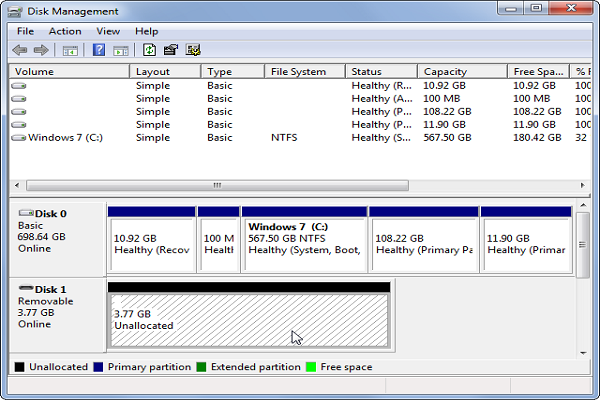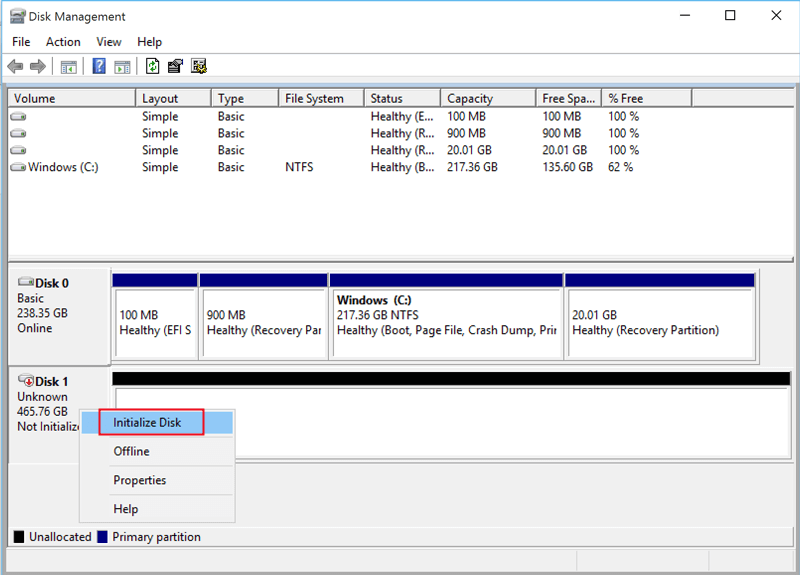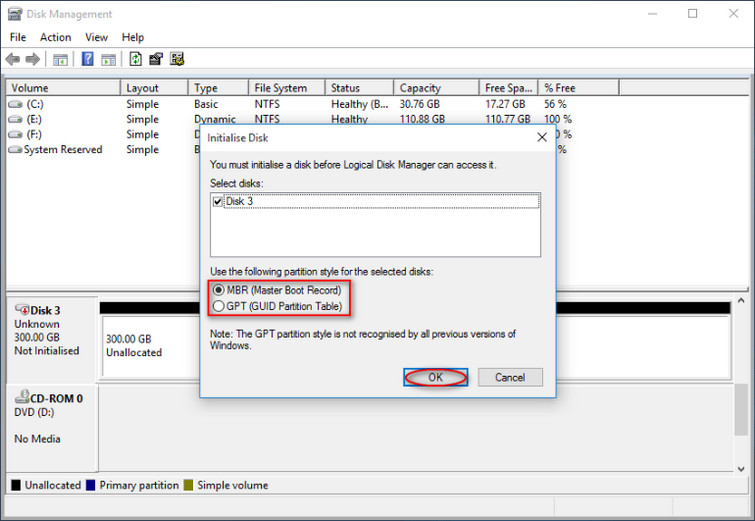

- #Seagate external hard drive not showing up portable#
- #Seagate external hard drive not showing up free#
Change USB Port: If you have already tried to remove dust from the port, try connecting your external device to another port. If the previous steps did not fix the problem, here I will give you some tips that can help you to solve them. Seagate External Hard Drive Light Blinking But Not Working Solid-state units, on the other hand, are quieter since the information is stored in the flash memory of a transistor board and the fact that they have no moving parts inside makes their composition less fragile than conventional hard drives, however, due to the reason that the solid-state units are made with a more perfected technology, their cost is higher, if we make a conversion, their price is approximately 75% more expensive than magnetic hard disks with the same capacity. #Seagate external hard drive not showing up free#
It is necessary to have them in a flat place, where there is little probability that they can be displaced and, in a space free of other objects that may fall on it. Magnetic hard drives use an aluminum disk on which the information is recorded using magnetic fields generated by a (slider) head, this allows them to reach very high storage capacities, but they are very fragile against shocks and sudden movements since the writing process and reading information requires a lot of precision and stability.


In the same way, as in the common drives, there are two kinds of external storage units the hard drive disks and the solid-state drives.
#Seagate external hard drive not showing up portable#
There are several convenient ways to remove dirt, using a soft toothbrush is a good option, although the most effective and comfortable is to use compressed air.Įxternal storage media were designed to create the possibility of transporting or supporting information practically, over the years various portable storage media have emerged and they are increasingly easier to use and, gradually, they have been able to increase the storage capacity, some examples of these are: CDs, DVDs, Pen drives and SD Cards.Įven though portable storage media are better developed, there are situations for which their storage capacity may not be enough and for this, external hard drives are an excellent alternative and thus cover those needs.
Remove dust from the USB input and output ports of both your computer and your external drive naturally, dust can accumulate inside the small USB ports, which hinders the energy to pass through and interferes with the recognition of the external drive.  Replace the USB cable with which you connect your external drive to your computer the fact that the USB cable is constantly in use, gradually wears it out and, although it is not common to stop serving in the short or medium term, there are times when they have manufacturing defects so you must buy a new one. Disconnect and reconnect the external drive sometimes we do not realize we move the cables accidentally, or they may simply have some minor problems that can be triggered due to several factors, the fact disconnecting and reconnecting may be enough for your external drive to be detected again. Restart your computer sometimes the operating system may have errors that affect the detection of some components, including the external drive, so restarting your computer may make these errors disappear. If your Seagate external drive's light is blinking but your computer is unable to detect the device, the problem is likely to be solved with one of the following options. The signals are interpreted depending on the specific device, but, generally, when an external device is operating correctly, it should not emit sounds that are not generated by the revolutions of the disk and, in turn, the lights of the device should not do anything out of the ordinary like blinking irregularly or turning off for no apparent reason. Q: "My external drive is blinking but it's not detected by my pc, is there a way to fix it?"Įxternal drives are supported by a language of lights and sounds that allow the user to know when the device is functioning correctly or to diagnose some kind of problem or anomaly that might prevent you from working correctly.
Replace the USB cable with which you connect your external drive to your computer the fact that the USB cable is constantly in use, gradually wears it out and, although it is not common to stop serving in the short or medium term, there are times when they have manufacturing defects so you must buy a new one. Disconnect and reconnect the external drive sometimes we do not realize we move the cables accidentally, or they may simply have some minor problems that can be triggered due to several factors, the fact disconnecting and reconnecting may be enough for your external drive to be detected again. Restart your computer sometimes the operating system may have errors that affect the detection of some components, including the external drive, so restarting your computer may make these errors disappear. If your Seagate external drive's light is blinking but your computer is unable to detect the device, the problem is likely to be solved with one of the following options. The signals are interpreted depending on the specific device, but, generally, when an external device is operating correctly, it should not emit sounds that are not generated by the revolutions of the disk and, in turn, the lights of the device should not do anything out of the ordinary like blinking irregularly or turning off for no apparent reason. Q: "My external drive is blinking but it's not detected by my pc, is there a way to fix it?"Įxternal drives are supported by a language of lights and sounds that allow the user to know when the device is functioning correctly or to diagnose some kind of problem or anomaly that might prevent you from working correctly.








 0 kommentar(er)
0 kommentar(er)
